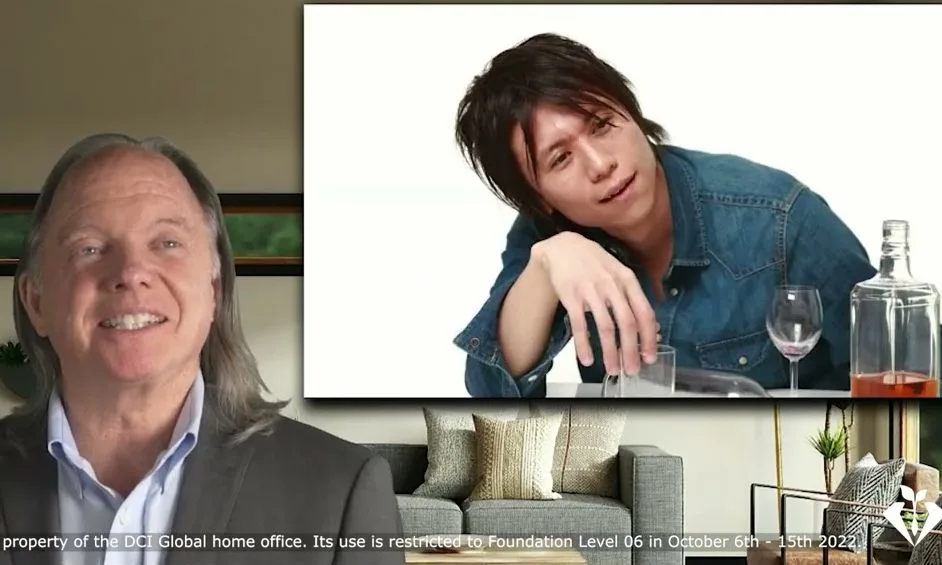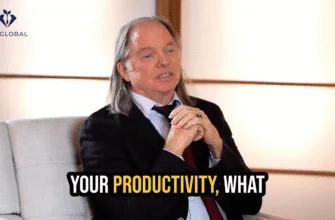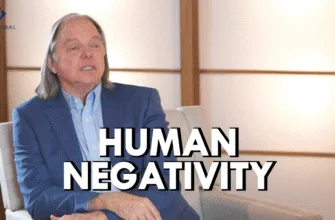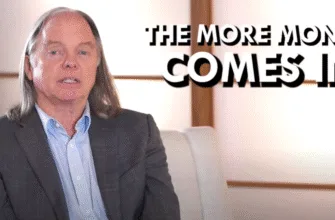The DCI Level 6 program, titled “Freedom from Addiction: Stopping the Downward Cycle,” was originally developed under the guidance of Geshe Michael Roach, in response to a request made six years ago during a world tour. It addresses addiction through a unique method, presented in a comprehensive manual of several hundred pages.
DCI programs are never static. They evolve continuously through global teaching, feedback from participants, and integration of insights gained from preserving and translating over 20,000 ancient Eastern texts available online.
Additionally, DCI maintains a college that trains teachers worldwide — 125 were in training at the time of this recording. Their input helps further improve each level.
After the initial trainings on addiction, many participants shared that they didn’t see themselves as addicts. They said things like, “I don’t smoke or drink excessively,” but admitted they had persistent bad habits affecting their well-being.
This led to an important question: what’s the difference between an addiction and a bad habit? And can ancient methods help with both?
The DCI team began exploring how even seemingly small habits could lower a person’s quality of life and happiness. This expansion of focus became part of Level 6.
Participants are invited to reflect honestly. Serious addictions are often obvious—they ruin lives. But bad habits may be subtler, yet still erode happiness and daily satisfaction.
Only the individual can determine whether a behavior is a bad habit or an addiction. External opinions may help, but true transformation begins with personal honesty.
“If you can just say that much in the mirror to yourself, you’re on the road to smashing those addictions and stopping those bad habits.”
(07:10)
Addiction vs. Bad Habit: Key Differences
The level presents visual examples to clarify the distinction. One image shows a woman struggling with alcohol addiction; the other shows a man with a cluttered desk, representing a bad habit.
Addictions—like alcohol, gambling, or tobacco—can consume a person’s life. They are often normalized by society, making them harder to acknowledge, but their destructive impact is real.
In contrast, bad habits—like chronic disorganization—don’t usually destroy lives, but they lower focus, productivity, and peace of mind.
“The addiction is more serious. It can ruin her life, her family’s life, hurt her children, ruin her finances, and her career.”
(11:04)
Some substances are naturally addictive. A story is shared about a child who was denied sugar but reacted intensely to a pastry—demonstrating how powerful certain triggers can be.
These reactions underline that addiction isn’t always about choice—it’s often about exposure and response. Meanwhile, bad habits creep in quietly and stay for years.
Another important distinction lies in how much damage these behaviors cause. Addictions may lead to broken families, lost careers, and even death. Bad habits degrade quality of life, but more subtly.
The level also explores how addiction impacts not just the individual but others around them—family, coworkers, even neighbors.
“One of the parts of the definition of addiction is that it has a big impact on the other people in our life.”
(15:06)
In some cases, people may find the strength to overcome addiction not for themselves, but because of the pain it causes others. Realizing the harm done to family and coworkers can become a powerful motivation to change.
Even bad habits can affect others. The speaker shares a personal example: his cluttered desk, visible during morning coffee time, disrupted the peaceful experience for his wife.
That seemingly small habit—clutter—affected their relationship dynamic. It shows how minor issues can ripple into loved ones’ lives.
How Hard Is It to Stop?
Another major difference is the difficulty of stopping. Bad habits can often be overcome with effort and consistency. Addictions, however, feel like smashing through a diamond wall—they are deeply rooted and resistant to change.
Yet, both can be addressed. DCI Level 6 offers a fresh and ancient method that is both powerful and enjoyable—a rare combination—for overcoming both addictions and bad habits.
Everyone has at least a few long-standing bad habits or addictions. They may seem small, but over time they erode energy, focus, and happiness.
These behaviors also impact family dynamics and work performance. Addressing them is not just a personal goal—it becomes an act of service to others.
The speaker shares that both his parents were alcoholics. They were kind people, but addiction shortened their lives and brought unnecessary suffering.
“The alcohol killed them. And it also ruined a big part of their life.”
(13:39)
Addiction can destroy marriages, break families apart, and lead to job loss and financial ruin. In contrast, bad habits feel more like irritating insects—they distract, delay, and weaken, but don’t usually destroy.
The difference also lies in scope. Addiction creates chaos for others. It’s not just the person who suffers—everyone around them is affected.
“If we cannot stop an addiction for ourselves, maybe we could stop it because it hurts other people.”
(16:00)
This realization brings a deeper motivation. Even if someone can tolerate personal suffering, the idea of hurting loved ones may push them toward action.
Bad habits, too, have social effects. The speaker reflects on how his cluttered desk during “couch time” with his wife dampens their shared morning moments. It’s a simple yet powerful illustration of how habits affect relationships.
While the damage caused by a bad habit is subtler, it can still create tension, frustration, and missed opportunities for connection and joy.
The next point addressed is difficulty of change. Bad habits require consistency and intention to overcome. Addictions demand even more — honesty, strength, and a powerful method.
“An addiction is like trying to break a diamond wall.”
(18:33)
Despite the challenge, hope is central to Level 6. The ancient method offered is not only effective, but also enjoyable. Transformation can be powerful and fun.
Victory over a bad habit or addiction brings clarity, happiness, and a renewed sense of self. It’s one of the most rewarding experiences a person can have.
“When you win… you feel so clean and so happy and so different.”
(20:35)
The speaker concludes with a final thought: both addiction and bad habits lower life quality and energy. They silently pull us down over time.
By confronting these patterns honestly and using the DCI method, anyone can regain clarity, energy, and joy—not just for themselves, but for the people they care about.
Whether a person is struggling with serious addiction or a collection of annoying habits, the opportunity for change is real and available.
DCI Level 6 provides the tools and mindset to address both ends of the spectrum—through a method rooted in ancient wisdom and refined by modern experience.
It’s an invitation to change from the inside out—with integrity, honesty, and joy.
Key Moments (FAQ)
What is the main difference between an addiction and a bad habit?
Addictions are deeply rooted behaviors that can destroy lives, careers, and families. Bad habits, while not as destructive, still reduce clarity, productivity, and happiness. The difference lies in both intensity and impact.
How can someone know if they have an addiction or just a bad habit?
Only the individual can decide. Honest reflection—such as looking in the mirror and admitting the behavior—is key. Others may suggest change, but the first real step must come from within.
What makes the DCI method different in addressing these issues?
DCI Level 6 offers an ancient method, continuously refined, that is both powerful and enjoyable. It addresses not only addiction, but also the many bad habits that quietly undermine quality of life.








